ApniPathshala: Enhancing Computer Literacy for Better Education in India
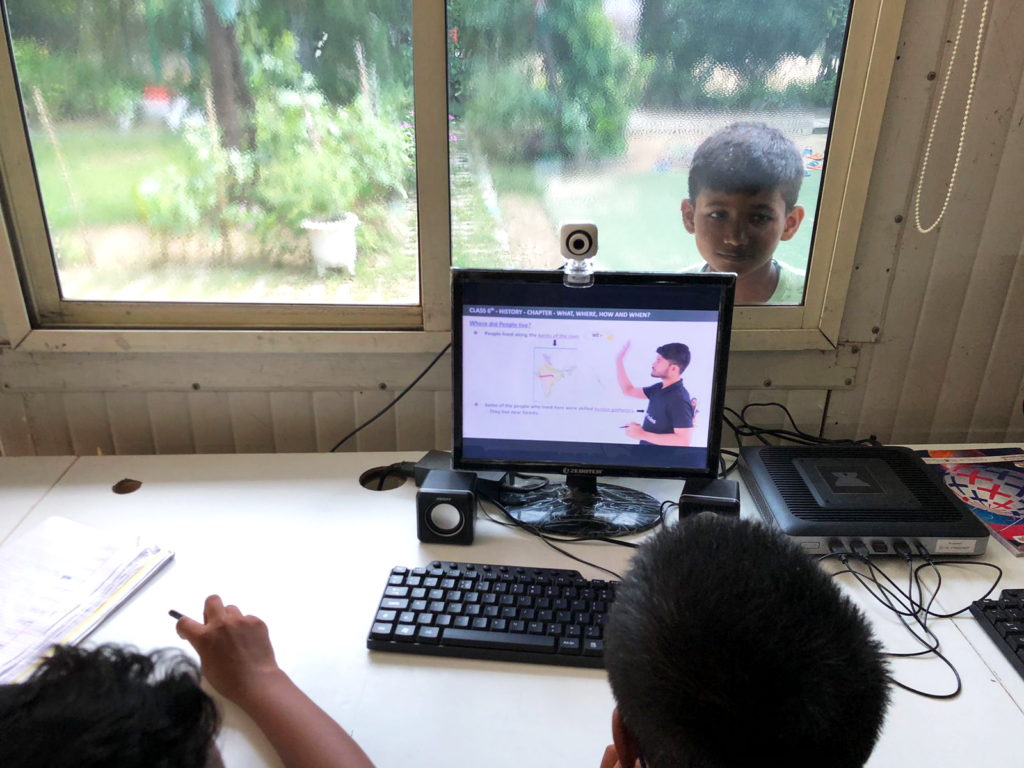
Discover how ApniPathshala is transforming education in India through the power of computer literacy, one student at a time.
Transforming Rural Education: The Journey of Apni Pathshala
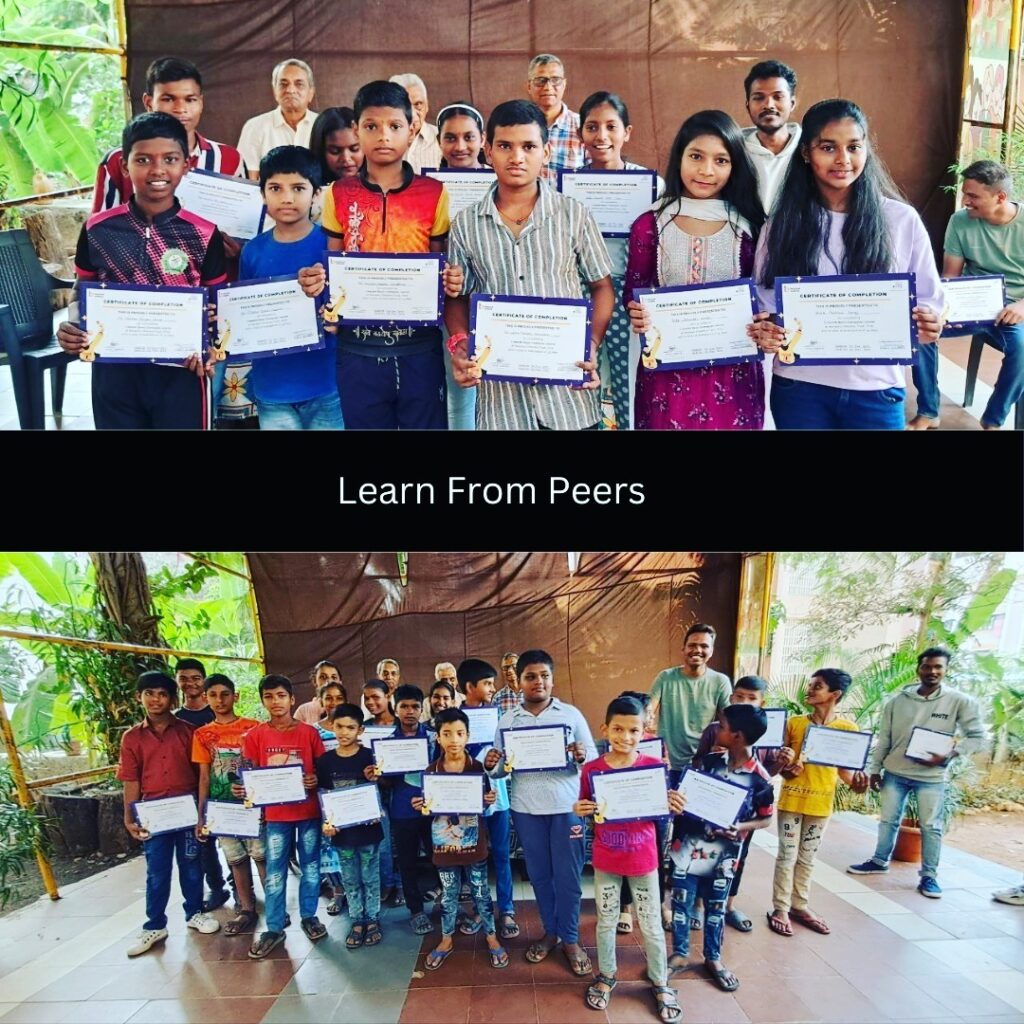
Unlocking potential through peer learning: where students thrive and grow together.
10 Best Learning Methods To Maximize Kids’ Growth
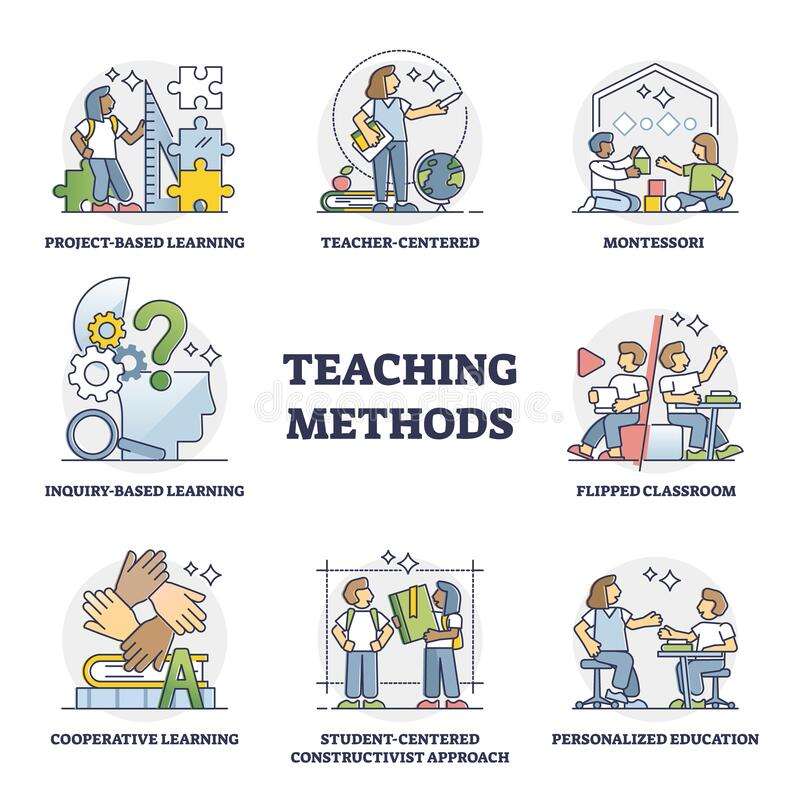
Community-based learning pods are revolutionizing education by offering a unique and dynamic learning environment. Unlike traditional schools, pods can tailor their approach to each student, fostering a love of learning and maximizing their potential. This blog explores ten powerful teaching methods that can be implemented in your learning pod: 1. Flipped Classrooms: Learning at Your Own Pace Forget the one-size-fits-all approach! Flipped classrooms empower students to learn foundational concepts at home using online resources. This frees up class time for in-depth discussions, problem-solving activities, and personalized support. 2. Game On! Engaging with Educational Games Learning doesn’t have to be a chore. Educational games tap into students’ natural love of play, using competition, rewards, and interactive elements to solidify concepts and boost engagement. 3. Putting Students in Charge: Student-Centered Learning Student-centered learning empowers students to take ownership of their education. By fostering exploration of personal interests and connecting them to broader subjects, this approach ignites curiosity and a deeper understanding. 4. Spark Curiosity: Inquiry-Based Learning Inquiry-based learning encourages critical thinking by posing open-ended questions and challenging students to find their own solutions. This approach fosters independent thought, research skills, and a love for discovery. 5. Learning by Doing: Project-Based Learning Project-based learning goes beyond textbooks. Students tackle real-world problems, developing critical thinking, collaboration, and interdisciplinary skills that will serve them throughout their lives. Problem-Based Learning: A Challenge to Conquer Similar to project-based learning, problem-based learning throws students headfirst into a challenge before any instruction begins. This sparks curiosity and encourages research as they find solutions on their own. 7. The Power of Discussion: Discussion-Based Learning Learning thrives on interaction. Discussion-based learning encourages collaboration and critical thinking as students explore topics from different perspectives. It hones communication skills and promotes independent learning. 8. Learning Through Play: Play-Based Learning for Young Minds Play isn’t just fun; it’s essential for young learners! Play-based learning allows students to develop social skills, explore their curiosity, and build a strong foundation for future academic success. 9. Service Learning: Making a Difference in the Community Service learning blends classroom learning with real-world volunteer work. By tackling community issues, students gain practical experience, develop empathy, and see how academic concepts can make a positive impact. 10. Social-Emotional Learning: Building Well-Rounded Individuals Social-emotional learning (SEL) equips students with the skills they need to navigate both academic and personal challenges. It focuses on self-awareness, emotional regulation, and relationship building, fostering well-rounded individuals prepared for future success. By incorporating these diverse teaching methods, community learning pods can create a dynamic and stimulating learning environment that caters to every student’s unique needs and learning styles. Let’s unleash the potential within each student and foster a lifelong love of learning! Frequently Asked Questions What is a flipped classroom? In a flipped classroom, students learn foundational concepts at home using online resources or other materials. Class time is then used for more in-depth discussions, problem-solving activities, and personalized support. What are the benefits of game-based learning? Educational games can make learning more engaging and interactive, helping students retain information better. They can also promote critical thinking, problem-solving, and healthy competition. How does student-centered learning work? Student-centered learning focuses on the interests and needs of each student. Teachers provide resources and guidance, but students have more autonomy over their learning journey, allowing them to explore topics that spark their curiosity. What is the difference between project-based and problem-based learning? Both methods involve students working on a real-world challenge. Project-based learning often starts with a clear goal or question, while problem-based learning throws students headfirst into a challenge before providing instruction. How can I find resources for these teaching methods? Many online resources and educational organizations offer support and guidance for implementing these teaching methods. Additionally, teacher communities and education conferences can be valuable sources of information. What are the challenges of implementing these methods? Some teaching methods may require additional planning and preparation from teachers. Additionally, creating a supportive and collaborative learning environment is crucial for success. Conclusion:Unleashing Potential and Igniting a Passion for Learning Community learning pods offer a unique opportunity to revolutionize education. By implementing these ten powerful teaching methods, you can create a dynamic and engaging learning environment that caters to each student’s individual needs and learning styles. From the personalized approach of flipped classrooms to the collaborative spirit of discussion-based learning, these methods foster a deeper understanding, critical thinking skills, and a love of learning that will stay with students throughout their lives.Remember, the ultimate goal is to empower students to take charge of their education, explore their passions, and develop the well-rounded skills they need to thrive in the real world. So, embrace the flexibility of community learning pods, unleash the potential within your students, and ignite a lifelong passion for learning together! Developed by Pranav Gorathe
Apni Pathshala’s Vision for a Skilled Youth in Uttar Pradesh
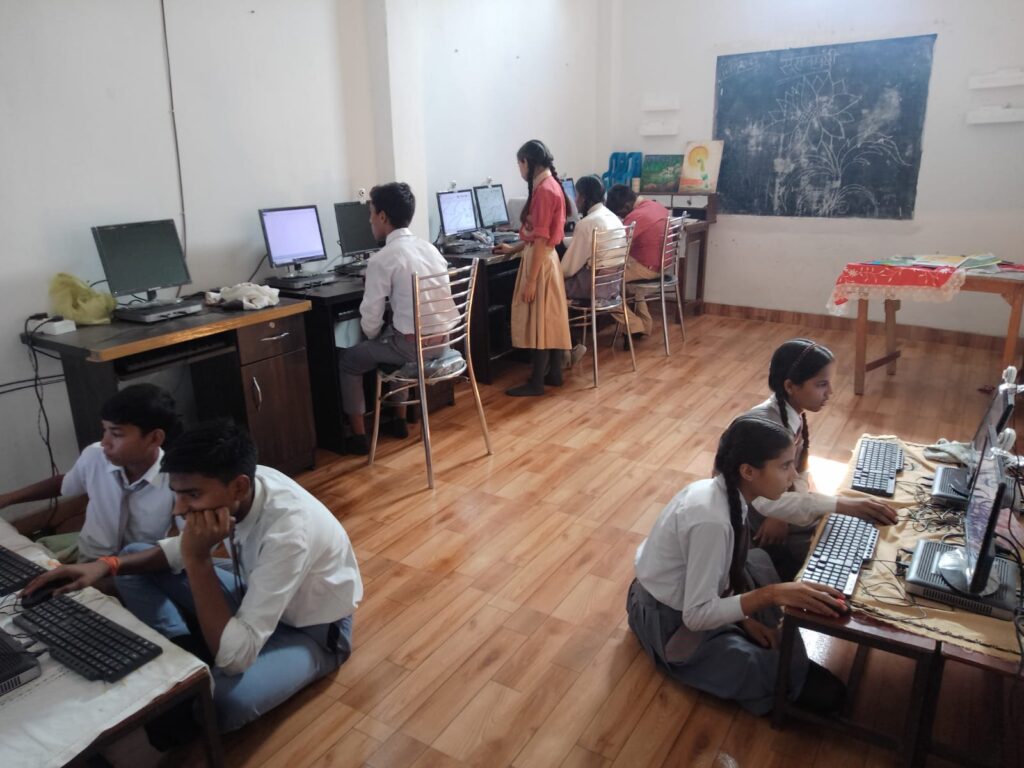
Apni Pathshala, a pioneering initiative in Uttar Pradesh, is equipping the youth with digital skills to bridge the digital divide and empower them.
Embracing Alternative Education: A Fresh Approach to Learning
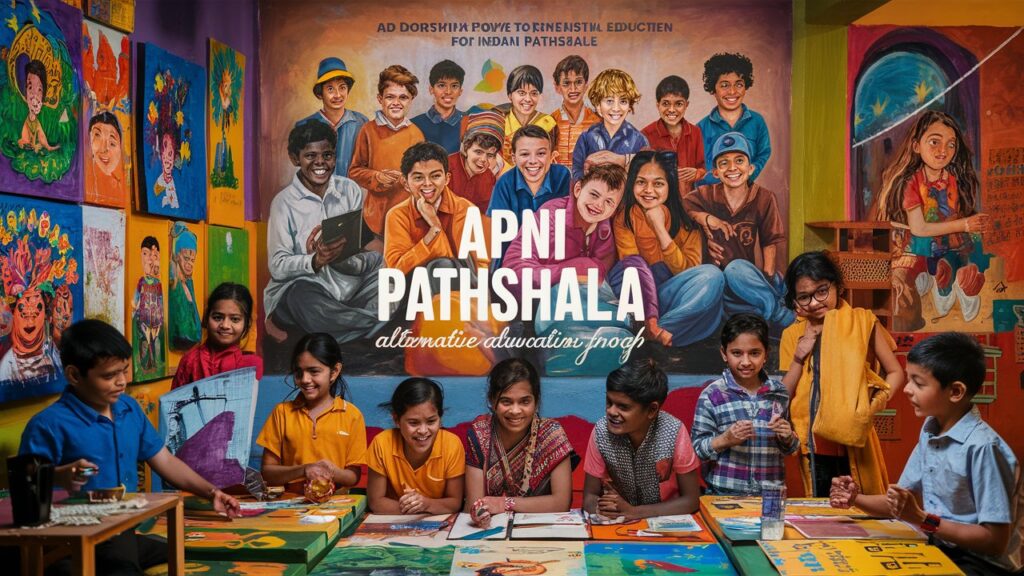
Alternative education offers a customizable learning experience that prioritizes student needs and fosters a love of learning
Beat the Crowd! Fun & Effective Learning with ApniPathshala Pods
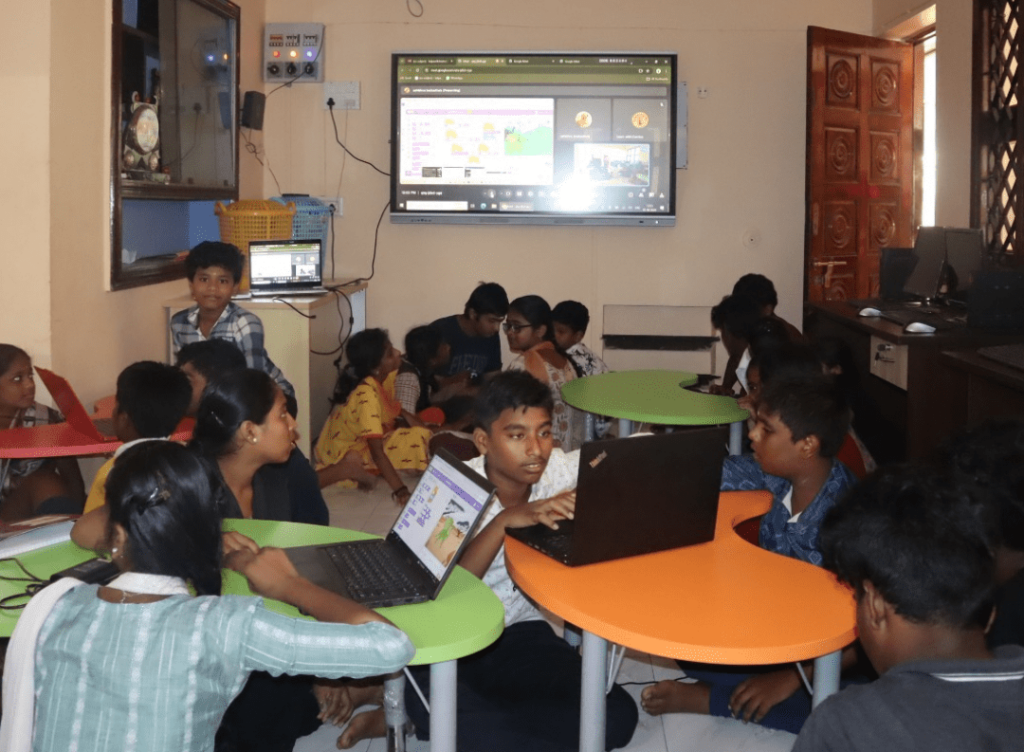
Does your child ever come home from school feeling like a tiny boat lost in a vast ocean? Traditional classrooms, with their large sizes, can be overwhelming for kids who crave personalized attention and a dynamic learning environment. At ApniPathshala, we believe every child deserves to feel like a shimmering sailboat, navigating their educational journey with confidence. That’s why we offer innovative learning pods – small, interactive groups that combine the best of in-person and online learning to create a supercharged educational experience! Why Kids Love ApniPathshala Learning Pods Get the Spotlight! In our cozy learning pods (think 5-15 students!), your child gets the personalized attention they crave. No more feeling like a needle in a haystack. Our expert teachers can tailor their approach to each child’s needs and learning style. Imagine a student who struggles with math but excels in history. In a traditional classroom, they might get left behind. But in a learning pod, the teacher can give them extra help in math while also encouraging them to share their history knowledge with the group, boosting their confidence. Boost Confidence & Make Friends! Learning pods aren’t just about academics – they’re about building strong social connections too. The smaller group setting fosters a sense of community, allowing your child to interact with peers in a safe space. It’s like a mini-club where everyone feels comfortable participating. For example, a shy student might hesitate to raise their hand in a large class. But in a learning pod, with just a few friendly faces, they might be more likely to ask questions and share their ideas, making new friends along the way. Struggling in Class? We've Got You Covered! The personalized approach and engaging environment of ApniPathshala learning pods can be a game-changer for students who struggle with traditional methods. Imagine a student who gets confused in a lecture-style class. In a learning pod, the teacher can break down concepts into smaller, easier-to-understand chunks and use different teaching methods until it clicks for the student. This supportive and stimulating space can help your child understand concepts more deeply and retain information more effectively. Learning Without Limits! Traditional classrooms can feel rigid, but ApniPathshala pods are all about flexibility. We can adapt the curriculum to fit your child’s interests, whether they’re a budding scientist or a history whiz. Plus, with online resources at their fingertips, kids gain access to a world of high-quality content, like virtual tours of historical landmarks or interactive science experiments. It’s like having a magic portal to knowledge right at their desk! Learning on Their Terms! Does your child have a packed schedule filled with activities they love, like soccer practice or dance class? No problem! Our learning pods offer flexible scheduling options, so your child can fit their education seamlessly into their busy life. Conclusion: Cultivating personal growth through education for the soul is a lifelong journey of self-discovery, self-improvement, and self-transformation. By embracing practices that foster self-awareness, emotional intelligence, mindfulness, and spiritual development, we can awaken our innermost selves, tap into our inherent potential, and lead lives of purpose, authenticity, and fulfillment. As we embark on this journey of personal growth, let us cultivate a spirit of curiosity, openness, and humility, and embrace the transformative power of education for the soul to enrich our lives and nurture our humanity. Frequently Asked Questions What are ApniPathshala learning pods? ApniPathshala learning pods are small, interactive groups of students (typically 5-15) who meet in-person to learn together with the support of a qualified instructor. Our pods combine the best of classroom instruction with the flexibility and personalization of online resources. How can ApniPathshala learning pods benefit my child? Our learning pods offer a variety of benefits, including: Personalized attention: Smaller class sizes allow teachers to tailor their approach to each child’s needs and learning style. Social interaction and connection: Learning pods provide a safe and supportive environment for children to build friendships and develop social skills. Flexible scheduling: We offer scheduling options that work for your child’s busy life. Engaging and effective learning: Our curriculum is designed to be interactive and utilize high-quality online resources to keep students engaged. Support for struggling students: The personalized approach of learning pods can be a game-changer for students who find traditional classrooms challenging. How can I stay motivated and maintain momentum in my lifelong learning journey? Staying motivated in your lifelong learning journey requires a combination of self-discipline, intrinsic motivation, and external support. Set clear goals and objectives for your learning journey, breaking them down into smaller, manageable tasks or milestones. Celebrate your progress along the way and acknowledge your achievements, no matter how small. Surround yourself with supportive peers, mentors, or accountability partners who can cheer you on and hold you accountable. Remember that lifelong learning is a marathon, not a sprint – pace yourself, stay focused on your goals, and enjoy the journey of continuous growth and discovery.
Ignite Curiosity: Build a Thriving Learning Pod
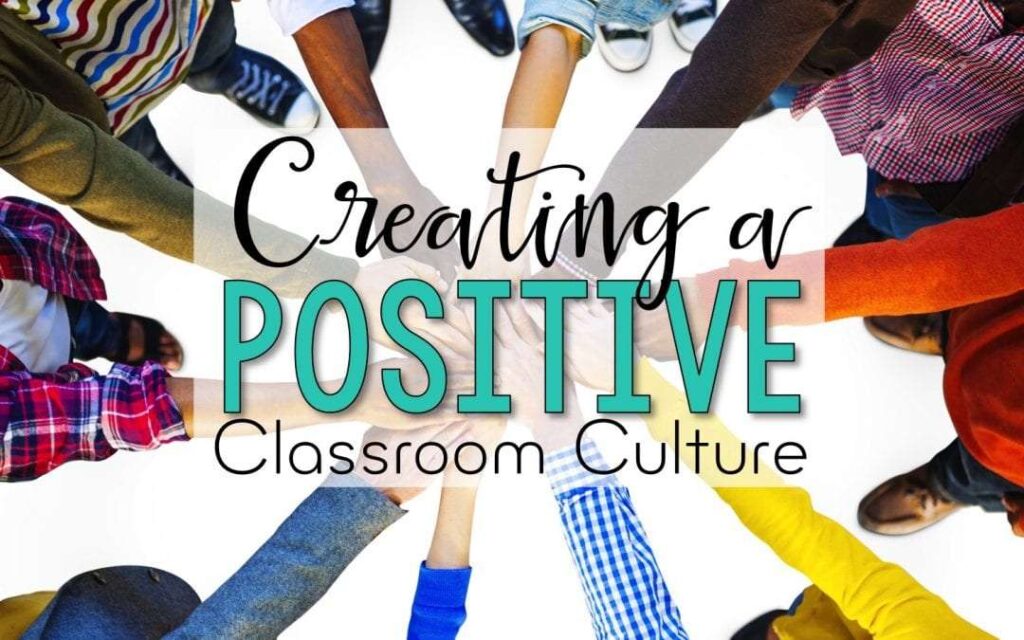
Apni pathshala Ignite a Love of Learning: 5 Steps to Building a Thriving Learning Pod Culture Imagine a learning environment where students are actively engaged, brimming with curiosity, and excited to explore new concepts. This is the power of a positive learning pod culture! Unlike traditional classrooms, learning pods offer a personalized approach that fosters collaboration, critical thinking, and a lifelong love of learning. In this blog post, we’ll delve into four key steps to cultivate a positive and enriching learning pod culture: Establish Strong Relationships: The foundation of any successful learning pod is a strong and trusting relationship between facilitator, students, and parents. Set clear expectations at the outset, and act as a supportive coach and mentor, guiding students towards achieving their full potential based on their individual interests. Embrace Positivity and Collaboration: Respect, trust, and open communication are essential for fostering a positive learning environment. Let students take ownership of their learning by encouraging them to participate actively in setting goals and objectives. Celebrate both individual and group achievements, recognizing progress and effort alongside academic success. Foster Continuous Growth and Communication: Maintain open communication with students, parents, and guardians. Encourage regular feedback to identify areas for improvement and adapt the learning experience to better suit the needs of the pod. This collaborative approach ensures everyone feels valued and contributes to the pod’s success. Celebrate the Journey: Learning is a continuous journey, and every step forward deserves recognition. Celebrate milestones big and small, fostering a sense of accomplishment and encouraging students to embrace challenges. Public praise (with permission) can be motivating, but remember the importance of private recognition as well. Bonus : Share Your Vision Transparency is key! Be open about your vision for the learning pod and how it prioritizes student growth and love of learning over rote memorization or standardized testing. Showcase success stories through your website or social media platforms (with permission) to inspire others and demonstrate the positive impact of your learning pod. Conclusion: By implementing these steps, you can create a vibrant learning pod culture that fosters collaboration, ignites a passion for learning, and empowers students to reach their full potential. Remember, the journey is just as important as the destination, so celebrate the joy of discovery and the excitement of learning together! Created by Pranav Gorathe Education, learning April 27, 2024 No Comments
Tailored Education: The Path to Personalized Learning
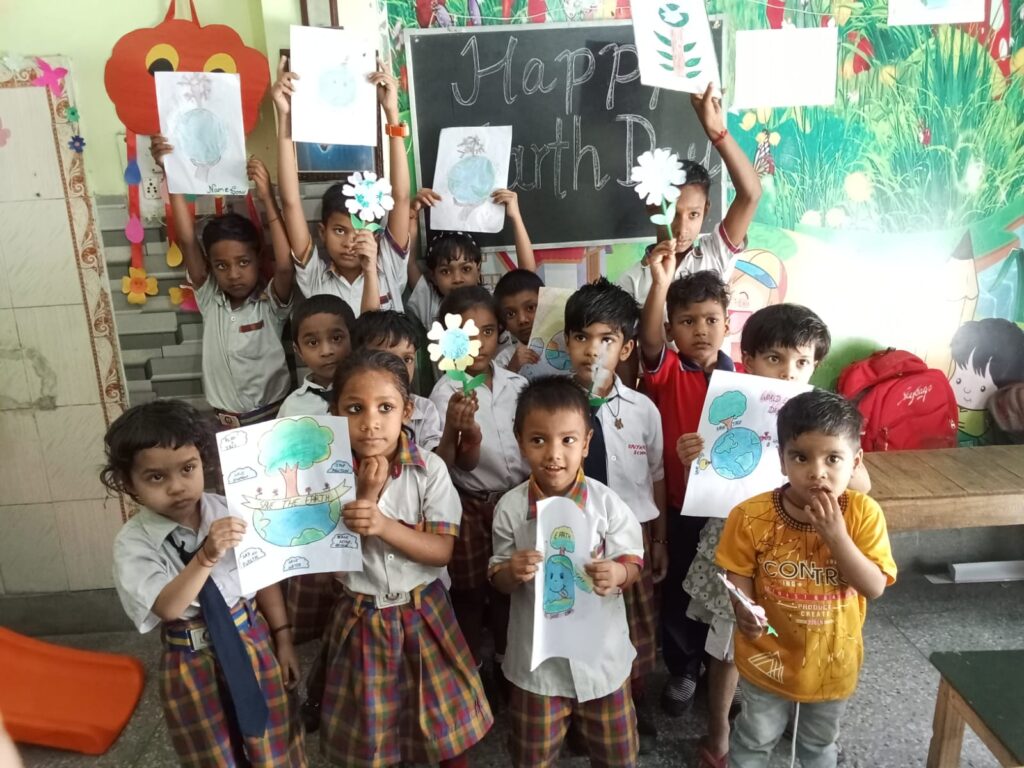
Discover how personalized learning revolutionizes education, enhancing student engagement and outcomes.
The Art of Independent Study: Building Self-Reliance
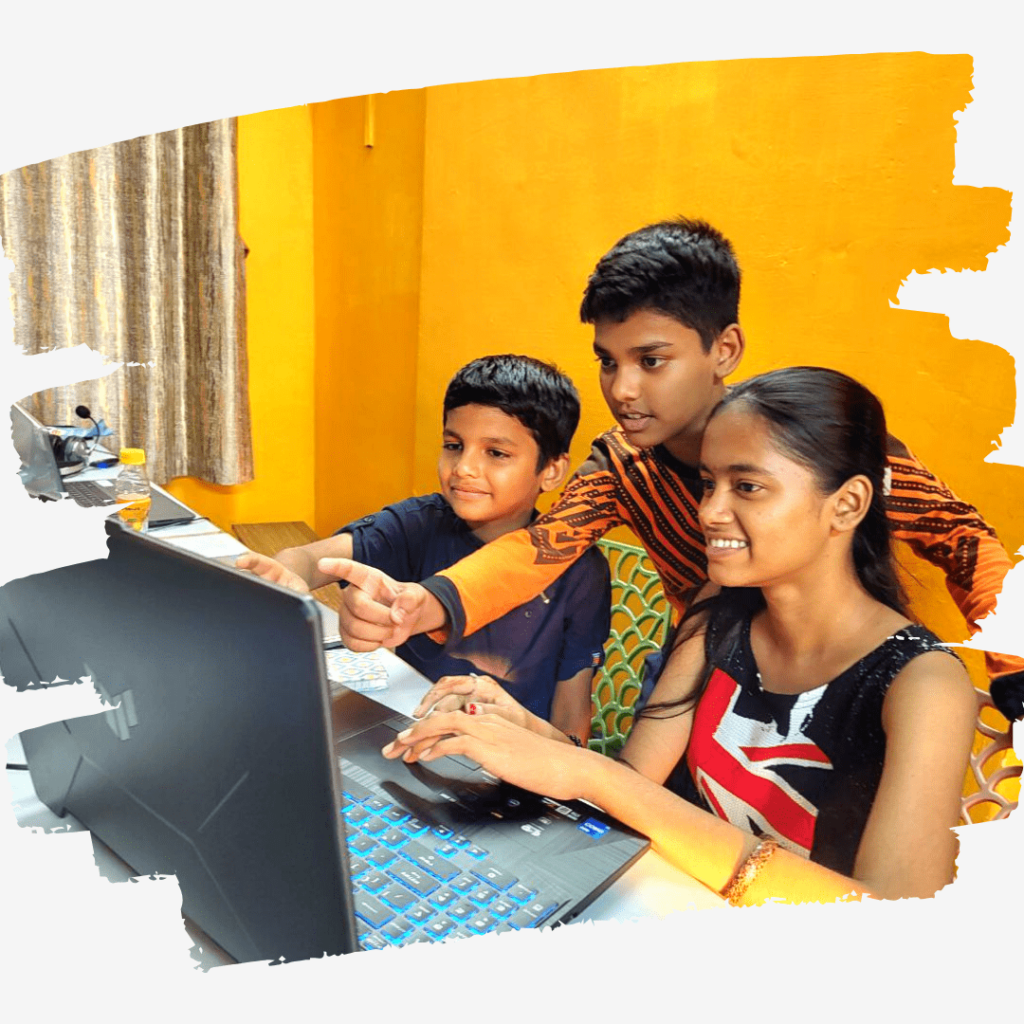
Mastering the art of independent study empowers individuals to take charge of their learning journey, fostering self-reliance and personal growth.
Hands-On Learning: The Power of Experiential Education
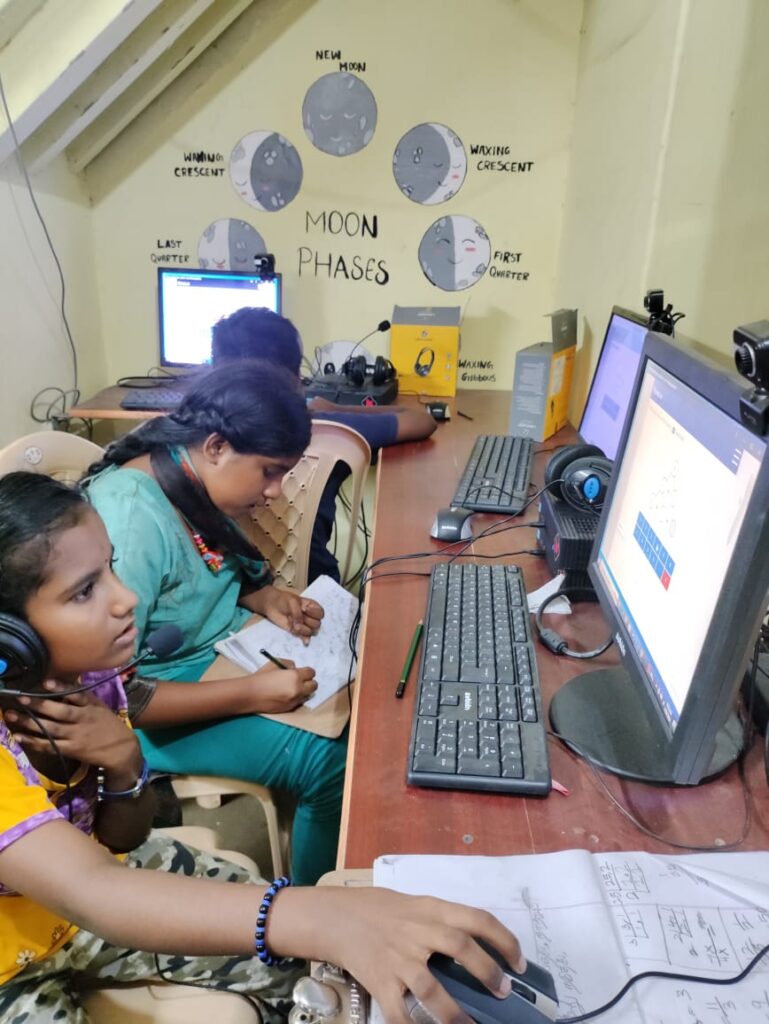
Apnipathshala Hands-On Learning: The Power of Experiential Education Experiential education involves immersive experiences that allow individuals to directly engage with the subject matter. Rather than passively absorbing information, students participate in activities that require active problem-solving and decision-making. Let’s Start In the realm of education, experiential learning has emerged as a transformative approach that goes beyond textbooks and classrooms. It emphasizes hands-on experiences and active engagement, allowing students to learn by doing. This blog explores the significance of experiential education and how it fosters deeper understanding, skill development, and personal growth among learners.Experiential education encourages students to immerse themselves in real-world situations, applying theoretical knowledge to practical scenarios. This hands-on approach enables learners to grasp concepts more effectively as they directly experience the subject matter. Whether it’s conducting experiments in a science lab, practicing problem-solving in a simulated environment, or engaging in community projects, experiential learning makes education relevant and meaningful. One of the key benefits of experiential education is its ability to enhance critical thinking and problem-solving skills. By actively engaging in tasks and challenges, students learn to analyze situations, make decisions, and adapt strategies based on outcomes. This process empowers learners to become proactive problem solvers, equipped with practical skills that are essential for success in academic and professional endeavors.Moreover, experiential learning promotes collaboration and interpersonal skills by encouraging teamwork and communication. Working together on projects or activities fosters cooperation, empathy, and mutual respect among students. They learn to appreciate diverse perspectives, negotiate differences, and leverage collective strengths to achieve common goals. These interpersonal skills are crucial for building effective relationships and thriving in a collaborative environment. Hands-on learning plays a vital role in developing practical skills and fostering a deeper understanding of concepts. It enables students to apply theoretical knowledge in real-world contexts, preparing them for future challenges. Benefits of Experiential Education Improved Retention and Understanding Research shows that experiential learning leads to higher retention rates compared to traditional teaching methods. By actively participating in activities, students remember information better and can apply it more effectively. Development of Critical Thinking Skills Experiential education promotes critical thinking by encouraging students to analyze situations, make decisions, and reflect on outcomes. These skills are crucial for problem-solving and decision-making in various aspects of life. Fostering Creativity and Innovation Engaging in hands-on experiences sparks creativity and innovation. By exploring different perspectives and experimenting with solutions, students develop a mindset that values creativity and embraces change. Implementing Experiential Education Designing Engaging Experiences To implement experiential education successfully, educators must design engaging activities that align with learning objectives. By incorporating elements like group collaboration and real-world challenges, they can create meaningful experiences for students. Providing Opportunities for Reflection Reflection is a key component of experiential learning. By encouraging students to reflect on their experiences, educators help them gain insights, identify strengths and areas for improvement, and connect learning to personal growth. Integrating Real-World Applications Experiential education bridges the gap between theory and practice by integrating real-world applications into the curriculum. By connecting learning to authentic experiences, students develop a deeper appreciation for the relevance of their education. Frequently Asked Question How does experiential education differ from traditional teaching methods? Experiential education differs from traditional teaching methods by focusing on hands-on learning experiences rather than passive instruction. It emphasizes active participation, real-world applications, and practical problem-solving. Instead of just listening or reading, students actively engage in activities that deepen their understanding and skills. What are some examples of successful experiential education programs? Outdoor education programs that involve wilderness expeditions and environmental studies. Internship or co-op programs where students gain work experience in their field of study. Project-based learning initiatives that require students to solve real-world problems through research and collaboration. Service-learning programs that integrate community service with academic learning, fostering civic engagement and social responsibility. How can educators incorporate experiential learning into their curriculum effectively? Designing hands-on activities that align with learning objectives and course content. Providing opportunities for students to apply theoretical knowledge in practical settings. Encouraging reflection and discussion to deepen understanding and connect experiences to concepts. Offering choices and autonomy in learning tasks to promote engagement and ownership. Leveraging technology and resources to create immersive learning experiences inside and outside the classroom.
